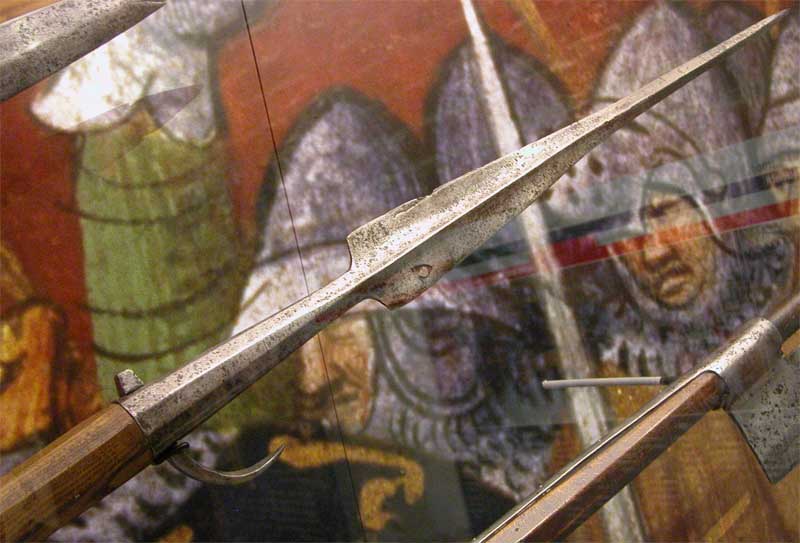can any body give me a rough date on a dagger blade, 13 inches long with hollow ground blade. When did this type of blade first appear.
Many thanks Tony...
[ Download ]
[ Download ]
| D. Austin wrote: |
| At a guess, I'd say that that's a spear head. I could well be wrong though. |
| Sa'ar Nudel wrote: |
| Tanged spear heads were quite common in the middle east during the bronze age. The end of the tang used to be bent in 90 degrees to prevent an accidental remove of the head after it had been lashed to a split-end wooden shaft.
This item is clearly iron so probably of later age and possibly different location. Middle ages arrow heads from Israel were both socketed and tanged (dug by their thousands at excavations of crusader sites), some of them show resemblance to this particular head but much smaller of course. |
| Sa'ar Nudel wrote: |
| Recent studies have led to a conclusion that during the crusades both sides used all types of arrow heads. There was no "national" kind of arrow head. |

| Bruno Giordan wrote: | ||
In Europe socketed arrow heads should be the norm. So there is evidence they used local products? More than national I would obviously say culture related. Modern nations weren't born yet. |